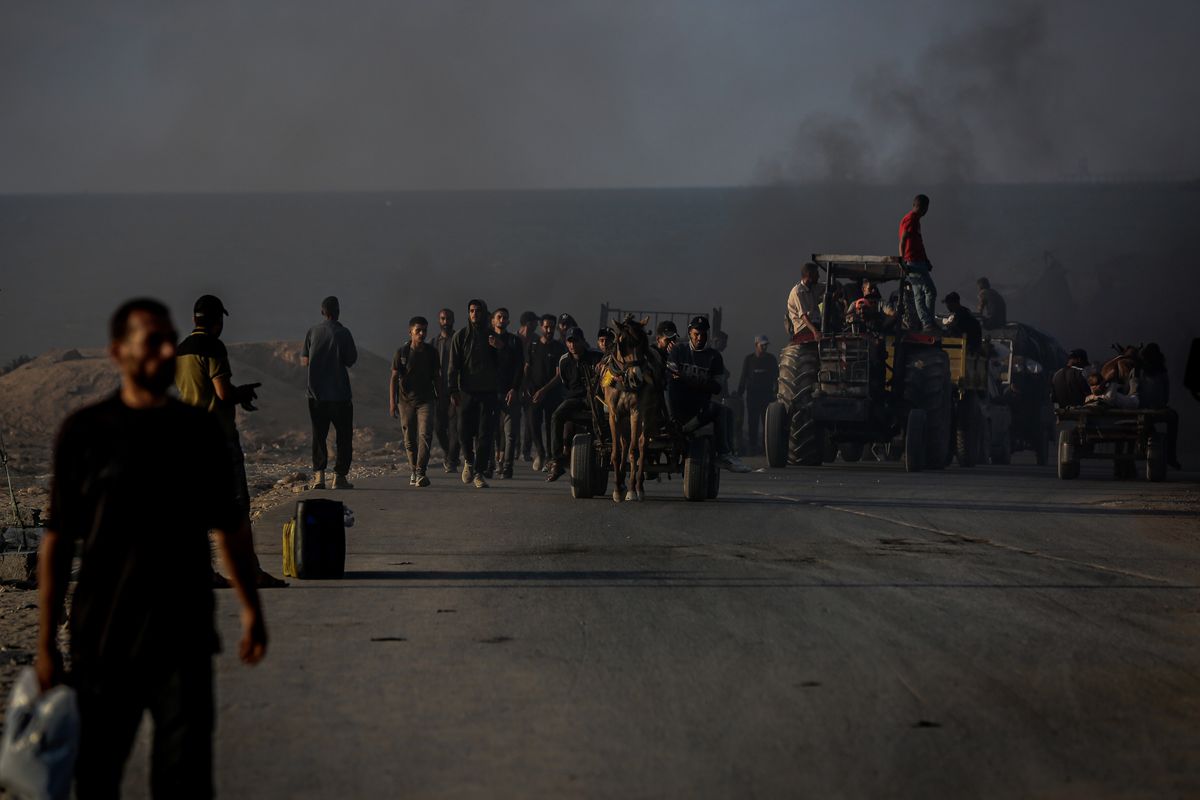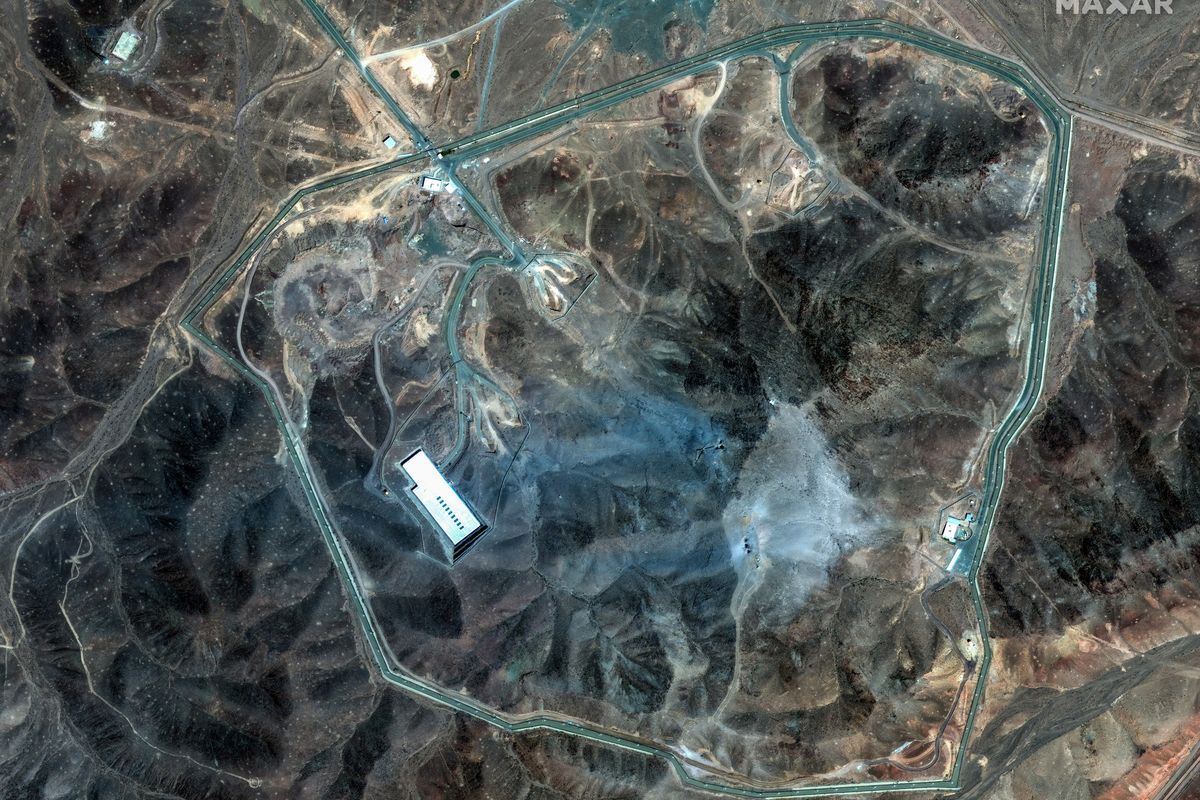When the Iran nuclear deal, known as the Joint Comprehensive Plan of Action (JCPOA), was signed in July 2015, you might have been forgiven for thinking that U.S. relations with Iran were on the path to stability. Although many U.S. sanctions remain in place and Iran still has difficulty accessing the international banking system, the JCPOA has allowed the country to renew legal oil exports, and the deal’s implementation in January 2016 should pave the way for further positive engagement with the Islamic Republic.
However, in the vital maritime corridor of the Strait of Hormuz, little seems to have changed. Instead, the number of hostile incidents between U.S. and Iranian naval vessels has skyrocketed in recent months. From the capture of ten U.S. sailors by Iranian forces in January – the sailors were released soon after – to four separate incidents of U.S. vessels being harassed by Iranian patrol boats in the course of just one week this August, tensions in and around the Persian Gulf continue to rise.
What is driving these naval confrontations, and how likely are they to escalate further in a geopolitical chokepoint, through which roughly 20 percent of the world’s oil flows?
Tension in the Strait of Hormuz is hardly new. Between December 2007 and January 2008, Iranian patrol boats and U.S. vessels engaged in a series of standoffs, which nearly led to a U.S. destroyer opening fire on an approaching Iranian ship after receiving garbled radio messages that threatened attack. Even more serious was the crash of Iran Air Flight 655, which the guided missile cruiser USS Vincennes accidentally shot down in 1988 after mistaking the commercial airliner for an attacking F-14A Tomcat fighter jet. This event was preceded by a one-day battle between U.S. and Iranian forces in and around the Strait of Hormuz after Iranian mines damaged an American naval vessel in April 1988.
In general, says former Chief of Naval Operations and Cipher Brief expert Jonathan Greenert, the current incidents of Iranian naval harassment present “no significant danger to our [U.S.] combatant warships, which are trained and equipped to handle these fast small craft.” However, continues Greenert, “the key issue is miscalculation.” The hostile behavior of Iranian patrol boats usually manifests as high speed intercepts with U.S. naval vessels, during which Iranian craft ignore radio hails from the Americans. These intercepts have sometimes come within 200 yards of U.S. ships and have even provoked warning shots. If, as almost happened in 2008, this kind of maneuver forced a U.S. vessel to fire directly at the approaching Iranian ship, the resulting escalation could threaten both loss of life and great economic cost due to the interruption of commercial transit through the Strait.
Adding to this worry is the wider confusion over who is actually directing these maneuvers within the Iranian government, and what it is they hope to accomplish. The vast majority of these incidents have been carried out by the Iranian Revolutionary Guard Corps (IRGC) which, according to Executive Director of the American Iranian Council Emad Kiyaei, “eclipses the regular Iranian army in sophistication, autonomy, and reach beyond Iran’s borders.” This autonomy has only been enhanced in recent years with a number of key shakeups in the Armed Forces General Staff (AFGS), which serves as Supreme Leader Ayatollah Khamenei’s general staff.
Will Fulton, an analyst at the American Enterprise Institute’s (AEI) Iran Tracker project, notes that Khamenei switched out a number of key IRGC positions in June of this year, “effectively consolidating control of the Iranian military into the hands of a small network of senior Islamic Revolutionary Guards Corps (IRGC) commanders.” In Fulton’s opinion, “these same commanders have been the driving force behind Iran’s provocations in the Strait of Hormuz.” This is especially true in the case of the new Chief of Staff of the AFGS, Mohammed Bagheri, who is a proponent of a strategy termed “responding to threats with threats,” which is focused on testing the limits of foreign – especially U.S. – military capabilities in Iran’s perceived sphere of influence.
Just this week, Iran’s conventional navy (the NEDAJA) appears to have extended that military probing with the dispatch of a destroyer (the Alvand) and a logistics vessel (the Bushehr) to the Bab al Mandab Strait – literally translated as the “Gate of Tears” – which separates the Red Sea and the Gulf of Aden. Ostensibly these ships – collectively called the 44th flotilla – are engaged in anti-piracy operations. However, the flotilla’s arrival comes directly after a series of cruise missile attacks against U.S. vessels this month, which originated from Yemeni territory controlled by the Iran-backed Houthi governing council. The American ships successfully avoided the attacks, and they have not yet come into direct conflict with the Iranian vessels, but the flotilla may be designed to send a signal to the U.S. over its involvement in Yemen’s civil war.
However, any connection between the Bab al Mandab incidents and tensions in the Strait of Hormuz are tenuous at best. “It would be hard for anyone, let alone the Iranians, to coordinate action by a radical and independent group like the Houthis.” Still, the growing pattern of naval confrontation with Iran is worrying. Given U.S. military capabilities in the region, the Islamic Republic looks unlikely to take extreme measures, like blocking off the Strait of Hormuz. However, as Iran supports allies and proxies in land conflicts from Syria to Yemen, the country seems intent on asserting its naval influence as well.
Fritz Lodge is an international producer at The Cipher Brief.












